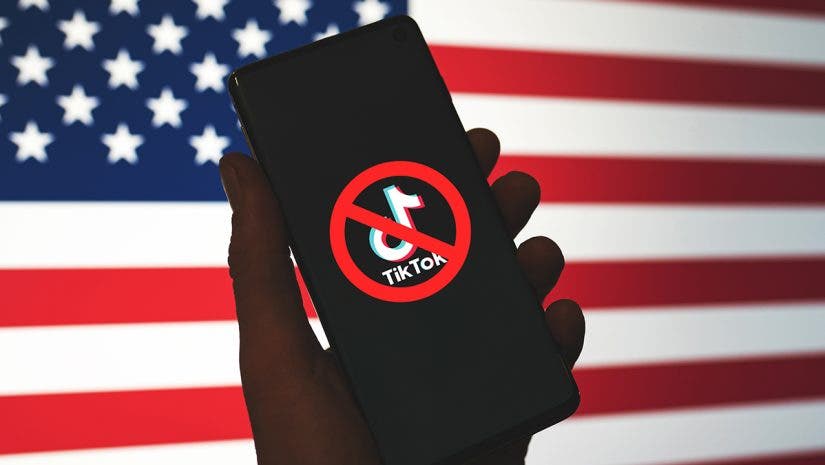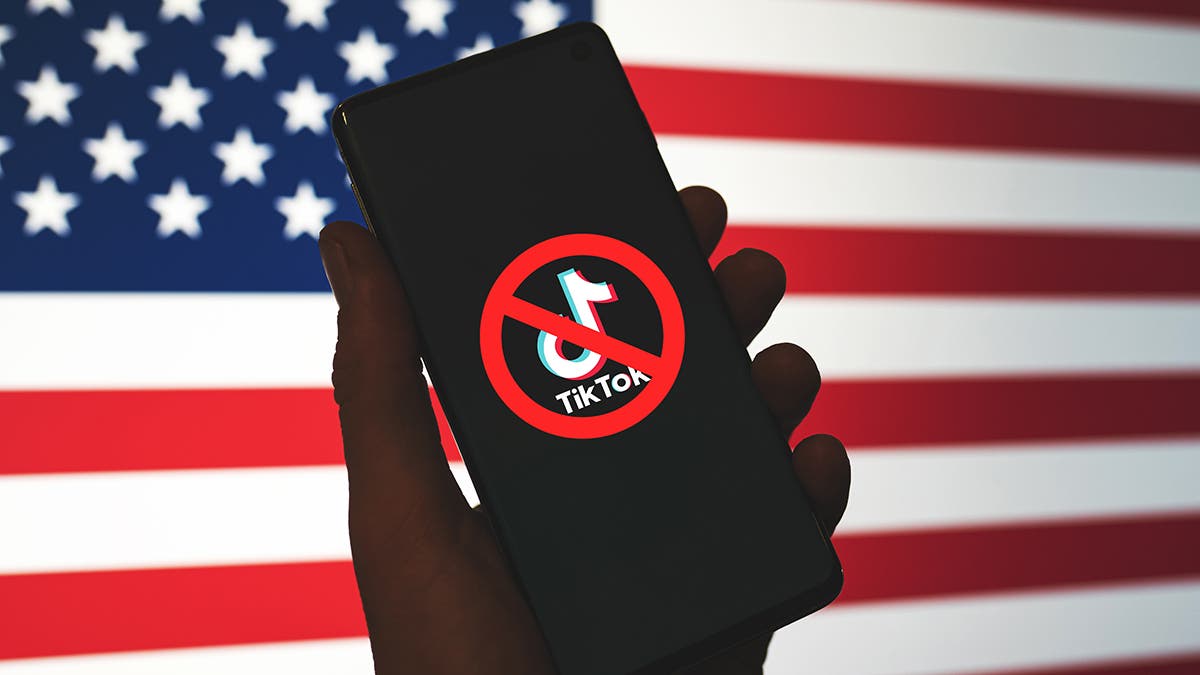Update! As of January 17th, 2025, the United States Supreme Court has upheld the TikTok ban.
If you’re one of the roughly 170 million U.S-based users of social media app TikTok, the “sell or be banned by January 19” ultimatum facing parent company ByteDance is no doubt causing panic and concern. It’s especially worrisome for content creators who rely on the app as a dominant source of income and followers. What will happen in the week leading up to the sale deadline? What follows are some of the alternatives posed by the industry leaders and social media users we spoke to. These are great tips even if the app doesn’t get banned. (At this writing, content creators are holding out for a last-minute reprieve.) Let’s look at what we know about the potential TikTok Ban.
TikTok Ban – Supreme Court Ruling
On January 10, the Supreme Court justices heard oral arguments from lawyers representing TikTok and its users. There are two key questions at the forefront. Does the law President Biden signed into legislation in 2024 infringe on TikTok’s freedom of speech? Does the Beijing-based ByteDance’s ownership pose a national security threat? The Supreme Court signaled it is leaning towards upholding the ban. However, no ruling has yet to be definitively released as of this writing.
Earlier this month, we asked Aaron M. Arce Stark of Stark Law if he thought a TikTok ban would be carried out. He didn’t think it possible at the time. He reasoned, “It would raise significant First Amendment concerns. Especially for creatives and content creators who use the platform to express themselves.” We revisited the question with the Washington, D.C.-based attorney and frequent WPPI speaker after January 10. At that point, he admitted that now it’s hard to say just how the court is going to rule. He still believes alternatives to a ban might be more feasible.
“The government could implement stricter regulations to ensure compliance with privacy and data security laws rather than an outright ban,” Stark told me. “They could also require ByteDance to divest its operations to a domestic owner that could address security concerns without impacting users.” Finally, he added, “It could help to have measures introduced for transparency about how user data is collected, stored, and used—especially ensuring that data related to U.S. users is stored securely within the U.S.”
Stay Calm and Diversify
Waves of panic continue to ripple through content creator communities. Stark continues to advise his clients—many of whom are photographers, influencers, and other content creators—to stay calm and concentrate instead on diversifying their social media presence.
“The good news is that many content creators already maintain a presence on platforms like Instagram and YouTube, which can serve as backups, if necessary,” Stark maintains. While one allure of TikTok has always been its more powerful algorithm that emphasizes content relevance over creator popularity, Stark and others believe creators can still maintain meaningful results via other avenues. In addition, you can use a third-party service like Repurpose.io to set up automated workflows that post the same video content to both your TikTok and Instagram accounts so that if one platform goes dark, your same content is saved on another.
An Offer to Buy TikTok
Last week, a group formed by billionaire entrepreneur and Project Liberty founder Frank McCourt made a formal offer to buy TikTok from ByteDance. So far, it’s a no-go because the company ByteDance maintains is not for sale. McCourt and his group’s members, including Shark Tank’s Kevin O’Leary, have a vision for a “new” TikTok. This vision echoes some of what attorney Stark mentioned earlier. That is, decentralizing the app to give users more control over their data.
The bottom line? Don’t take a “sit and wait” approach, but instead learn to adapt and pivot.
Adapt and Pivot
L.A.-based photographer, branding expert, and educator Caroline Tran, back in 2020 during COVID, quickly pivoted her wedding and portrait photography brand. She offered 15-minute holiday portrait mini-sessions, which generated over $35K in one weekend. She now emphasizes the importance of owning your audience outside of social media and being beholden only to yourself.
“This isn’t any different from Instagram marketing. Facebook marketing, or any other marketing where you don’t own the platform,” Tran explains. You never want to be at the mercy of another platform. Use these avenues to funnel your audience into something you own, such as your website or email list. You own that, so no one can ever take it away from you. Just as Instagram is not a marketing strategy, TikTok isn’t either. Once you start to change your mindset from depending on these platforms to one where you’re merely using them as ONE vehicle to get them into your marketing funnel, you won’t be afraid of any of them going away.”
TikTok Alternatives
Instagram Reels and YouTube Shorts (60 seconds long at maximum) offer similar opportunities and income streams. Additionally, you can start downloading your existing TikTok videos to share elsewhere if your current accounts aren’t already connected. Moving forward, it might be wiser for creators to focus on building revenue streams through email lists. They could also offer subscriptions and engage in branded partnerships. Honing their skills and marketing them to potential employers is key. This will help creators get off the social media roller coaster for good.
Many content creators are considering accessing TikTok through a VPN—or virtual private network. These services mask your location by routing your internet traffic through a server in a different country. One where TikTok is not banned. Stark, however, cautions against this approach. “VPNs may not guarantee access, depending on the countries you are setting up the connection in, and could violate legal restrictions depending on your location. Ultimately, I don’t advise it.”
Too Big to Ban?
Photographer and educator Pye Jirsa of Lin and Jirsa and SLR Lounge believe there is simply too much money and too many interests at play for some form of compromise not to be reached. “But even in the unlikely event of a ban, as business owners, we’re built to adapt and pivot,” he explains. “Hopefully, most photographers aren’t overly reliant on any single platform for leads. We’ve seen this before—many of us once relied heavily on Facebook to market our work, but algorithm changes and user behavior shifted that landscape, and we adapted. TikTok would be no different. The key to longevity in business is diversification and the willingness to evolve.”
Moving Past TikTok
NYC director and filmmaker Fritz Bacon, who posted his first TikTok video in 2019 and blew up on the platform, notes that many of the photographers he knows have larger followings on Instagram anyway, the platform he is currently yielding better results from as well. Recently, he set up experimental pages on TikTok and Instagram to “start fresh,” with the latter doing far better with the same content. “While it’s just experimental at this point, and I haven’t monetized it, I am now switching my focus to my ‘true’ skills, which lie in behind-the-scenes, high-touch social media campaigns, as well as writing and filmmaking.”
While ByteDance has been quietly pushing its sister app Lemon8, which allows users to post photos and short form videos within different categories, Bacon says he hasn’t heard of it, but regardless of alternative apps that he says are always popping up, consider this: Lemon8 is owned by ByteDance so it, too, could be in jeopardy if TikTok gets banned.
Ultimately, Bacon sees the potential ban as a bigger issue for the ‘mid-tier creator’ who has a separate full-time job and hasn’t yet grown their side hustle enough to transition to other platforms. “That’s the gamble with social media—it can disappear in the blink of an eye. Be prepared for any outcome by focusing on your strongest skills and how you can market them to potential employers.”






